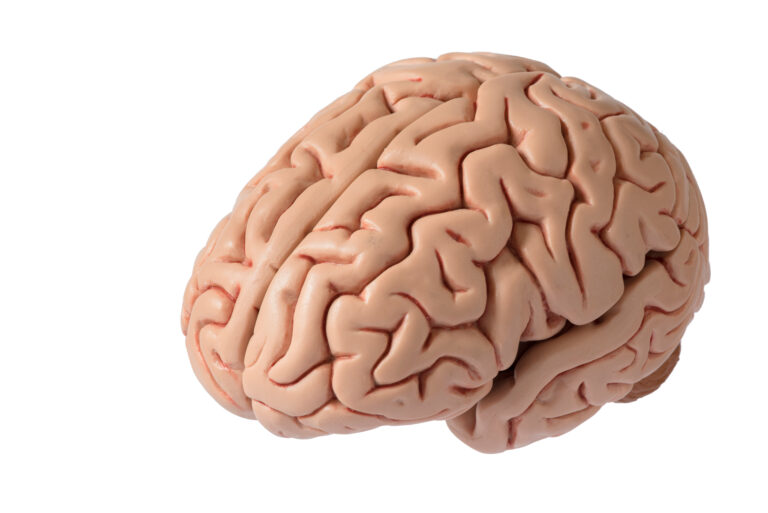Alzheimer’s disease is a progressive neurological disorder that affects millions of people worldwide. It is a type of dementia that primarily affects the memory, thinking, and behavior of a person. As the disease progresses, it can also cause physical challenges for patients, especially when it comes to using the bathroom.
Bathroom challenges for Alzheimer’s patients are common and can be quite overwhelming for both the patient and their caregivers. These challenges can range from difficulty with basic hygiene, to confusion and disorientation in the bathroom, and even accidents or falls. However, with the right approach and expert solutions, these challenges can be managed effectively, ensuring the safety and dignity of the patient.
Understanding the Challenges
One of the main challenges for Alzheimer’s patients in the bathroom is their declining cognitive abilities. As the disease progresses, patients may struggle with basic tasks such as recognizing the bathroom, understanding how to use the toilet, or even knowing when they need to go to the bathroom.
Moreover, Alzheimer’s patients may also experience changes in their physical abilities, such as muscle weakness or coordination issues. This can make it difficult for them to move around in the bathroom and perform tasks like undressing, washing, or drying themselves.
Another challenge is that Alzheimer’s patients may have an increased sense of urgency and reduced bladder control, leading to accidents or frequent trips to the bathroom. This can be frustrating for both the patient and their caregivers, as well as potentially embarrassing for the patient.
Expert Solutions for Bathroom Challenges
To help manage these challenges, there are some expert solutions that can be implemented in the bathroom.
1. Simplify the Bathroom
Alzheimer’s patients may become overwhelmed with a cluttered or complicated bathroom. It is essential to keep the space simple and organized so that the patient can easily navigate it. This includes removing unnecessary items and keeping essential toiletries within reach.
It may also be helpful to use contrasting colors for the walls, floor, and fixtures to help patients differentiate between different elements in the bathroom. Placing a bright-colored toilet seat or bathmat can also help with orientation.
2. Install Safety Features
Installing safety features in the bathroom can help prevent falls and accidents. Grab bars near the toilet and shower can provide support and stability for the patient. Non-slip mats should also be placed on the floor to reduce the risk of slipping.
Additionally, it may be helpful to use a raised toilet seat with armrests to make it easier for the patient to get on and off the toilet. A shower chair or bench can also help patients who have trouble standing for extended periods.
3. Use Visual Cues
Incorporating visual cues in the bathroom can help Alzheimer’s patients with memory and orientation issues. For example, using pictures or labels on cabinets and drawers can help them find items they need. Similarly, placing signs on the bathroom door or inside the bathroom can help remind patients of the room’s purpose.
4. Establish a Routine
Establishing a routine for bathroom visits can help reduce confusion and accidents. Scheduling regular bathroom breaks throughout the day can help patients anticipate and manage their bathroom needs. It is also essential to provide adequate time for patients to use the bathroom, as rushing them may lead to accidents or incomplete tasks.
5. Assist with Hygiene
As Alzheimer’s patients may struggle with basic hygiene tasks, it is essential to provide assistance when needed. This includes helping them undress, wash, and dry themselves.
Using verbal cues and physical guidance can be helpful in guiding patients through these tasks. It is also crucial to maintain the patient’s privacy and dignity during these intimate moments.
6. Address Incontinence
Incontinence is a common issue in Alzheimer’s patients, and it can be challenging to manage for both the patient and their caregivers. It is essential to address this issue with compassion and patience. Using absorbent pads or underwear can help manage accidents, and implementing a toileting schedule can also help reduce the frequency of incontinence.
Seeking Support
Caring for an Alzheimer’s patient can be physically and emotionally taxing, especially when it comes to bathroom challenges. It is crucial for caregivers to seek support from healthcare professionals, support groups, and respite care services. These resources can provide valuable guidance and assistance in managing the challenges and reducing caregiver burnout.
In conclusion, Alzheimer’s patients face various challenges in the bathroom, from cognitive and physical difficulties to incontinence and accidents. However, with the right approach and expert solutions, these challenges can be effectively managed, ensuring the safety and dignity of the patient. Seeking support and implementing a routine can also help caregivers cope with the demands of caring for a loved one with Alzheimer’s disease.





